
Top tips and sights for your short trip to Strasbourg
The train journey from Basel to Strasbourg takes just over an hour. Reason enough to pay a visit to the European capital in Alsace. Be it during the Marché de Noël de Strasbourg in the run-up to Christmas or alternatively – with a little less hustle and bustle – before or after. With its rich cultural heritage and a vibrant gastronomic scene, Strasbourg is also worth becoming a “repeat offender”. This was confirmed once again during this year’s detour into the picturesque alleys of the “Grande-Île”.
And since a good ten years have passed since I wrote my last Strasbourg blog posts (read here, here and here), here follows a fresh Strasbourg “gluschtig-maker”
The sights of Strasbourg at a glance
With around 290,000 inhabitants, Strasbourg makes it onto the list of the ten largest cities in France. Nevertheless, the city centre is compact and manageable. Most of the sights are within walking distance of the train station on the so-called “Grande-Île“. The historic old town, located on an island, has been on the UNESCO World Heritage List since 1988. One of the main attractions here is the Strasbourg Cathedral, which until the middle of the 19th century was considered the tallest building of mankind with its 142 m high north tower. The “Grande-Île” also includes the former tanners’ quarter “La Petite France“. With its winding, cobblestone streets, colourful half-timbered houses and quaint wine bars, it is one of Strasbourg’s most popular photo spots.
Since 2017, the new town, which borders the Grande-Île to the northeast, has also been classified as a UNESCO World Heritage Site. The central urban element here is the monumental axis between the Place de la République with the Palais du Rhin and the Place de l’Université. Much of the Neustadt was designed by German architects in the Wilhelminist style. On a walk through the grid-shaped new town, you will also find beautiful examples of Art Nouveau or Neo-Gothic and Neo-Renaissance.
The third “hotspot” of Strasbourg worth seeing is located between Neustadt and the banks of the Ill – the European Quarter. Its structural development began after the Second World War. Today it houses the European Parliament (in an impressive new building made of glass and metal), the European Court of Human Rights, the German-French cultural channel ARTE and other European institutions.
In the following lines, you will find tips on the special places worth seeing in the city center of Strasbourg. And of course, we also have tried and tested culinary recommendations in stock.
1. Overlooking the European capital from Strasbourg Cathedral
We start our sightseeing tour of Strasbourg at the Place de la Cathédrale. Before we turn to the impressive Cathedral of Our Lady, we let our gaze wander over the bustling square. Among other things, the Kammerzell house is worth seeing here. It is considered one of the most magnificent half-timbered buildings of the German late Gothic period. Afterwards, we turn our full attention to Strasbourg Cathedral – a masterpiece of Gothic architecture. The interior of the museum can be visited free of charge. On the other hand, a visit to the Astronomical Clock (between 11:35 a.m. and 12:00 p.m. at the south portal at Place du Château) and the ascent to the 66-metre-high cathedral platform are subject to a fee. The latter makes our pulse rise for a moment (330 steps have to be overcome, there is no lift!), but rewards us with a fantastic panoramic view over the city center of Strasbourg.
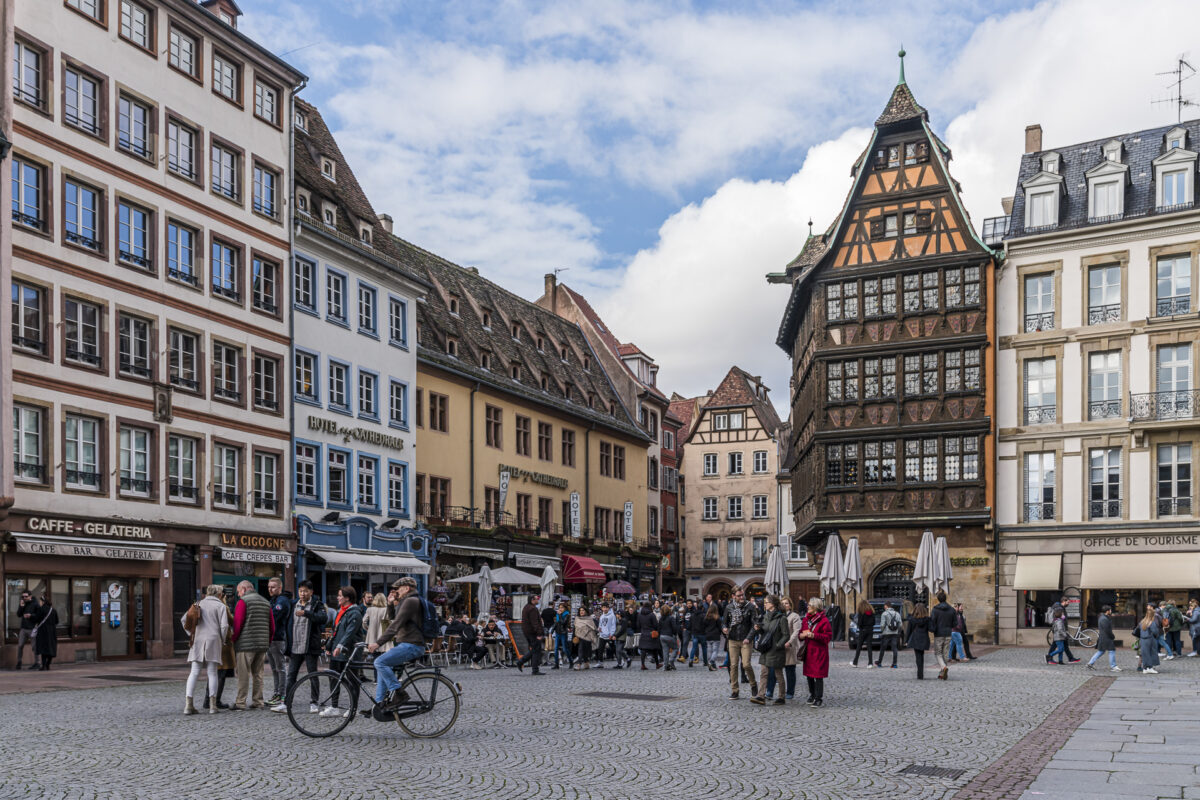



Opening hours Münsterplattform: daily 10:00 a.m. – 1:00 p.m. and 1:30 p.m. – 6:00 p.m. from October to March / 9:30 a.m. – 1:00 p.m. and 1:30 p.m. – 8:00 p.m. from April to September| Cost: 8 Euro
2. Stroll through “Petite France”
After getting an overview of the Grande-Île from the cathedral platform, we stroll along the Rue Serruiers into the tanners’ quarter “Petite France”. This is where Strasbourg shows its most photogenic side; colourful half-timbered facades, cobblestone alleys and the omnipresent Ill, which flows through this district in five arms. The most popular photo spots are located on Place Benjamin Zix, as well as the adjoining Rue du Bain-aux-Plantes and the Pont Faisan. And I can only repeat my tip from 2012: Visit the Tanners’ Quarter in the morning (or during Blue Hour). I definitely like this corner of Strasbourg best in the morning hours.

3. Climb to the roof of the Vauban weir
Many tourists only look at the above-mentioned photo spots in “Petite France” and then make the bow via the Pheasant Bridge and Rue des Moulins back to the old town. In my opinion, this misses one of the most beautiful angles of Strasbourg; namely the one from the viewing terrace of the Vauban weir.
The lock structure is located opposite the so-called Ponts Couverts in the extension of “Petite France”. One should not be misled by the name. The “covered bridges” lost their roofing as early as the 18th century and, together with the massive watchtowers, are part of the medieval city fortifications. Although the Vauban weir looks like a “Pont Couvert”, it is a defensive fortification built under Louis XIV, which at the same time offers a covered passage over the Ill. Best of all, inside the weir, a staircase leads to the “roof”, which is accessible free of charge. It is from here that the postcard motifs are created with the Ponts envelopes in the foreground and the Cathedral of Our Lady in the background.

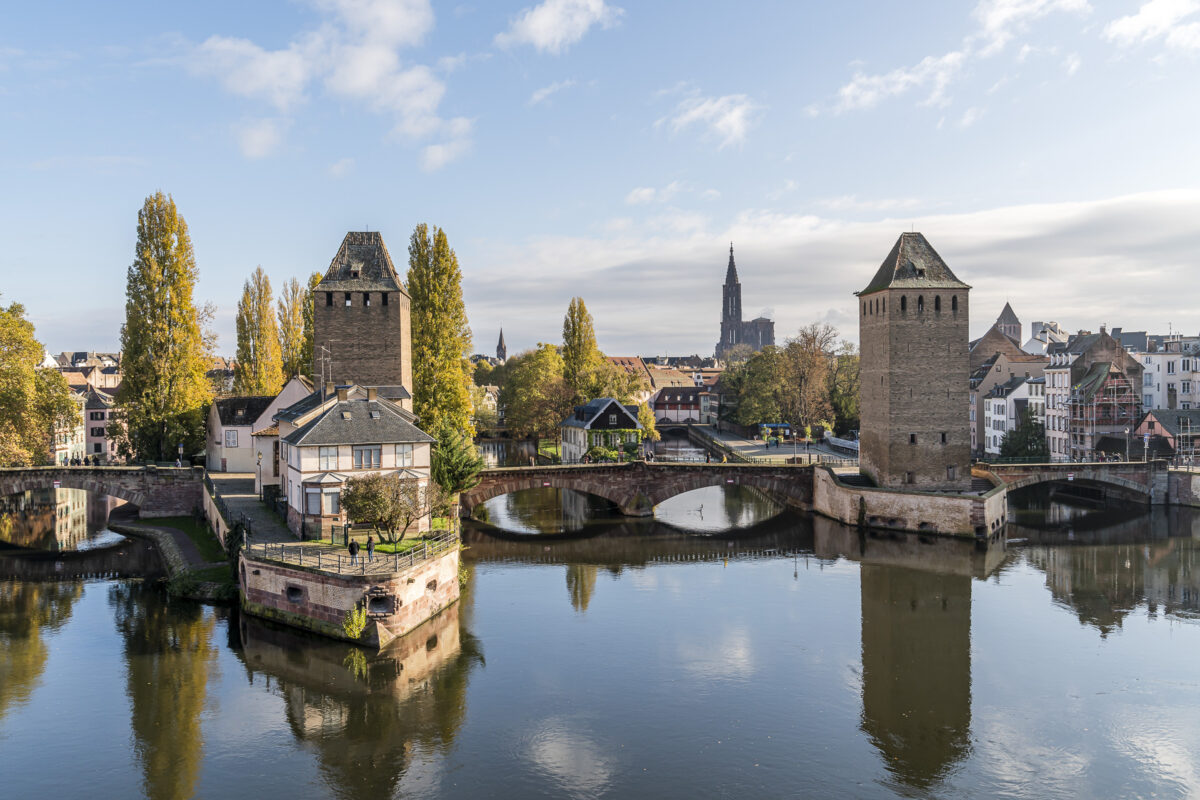
4. Visit the Museum of Modern and Contemporary Art
The observation terrace of the Vauban weir also offers us a beautiful view of the Strasbourg Museum of Modern and Contemporary Art (MAMCS), which opened in 1998. If you’ve already made it this far, I think it’s worth including a detour to the museum in your sightseeing program (and not only in rainy weather). The collection includes exciting works from the period from 1870 to the present day. In addition, there are always interestingly curated special exhibitions.

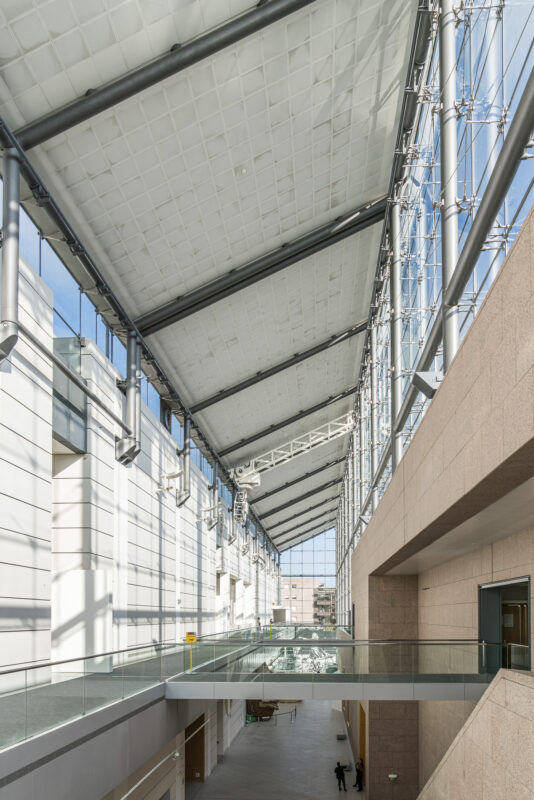

Opening hours: Tuesday to Sunday 10:00 a.m. – 1:00 p.m. and 2:00 p.m. – 6:00 p.m. | Cost: 7.50 Euro (adults) | Further information: Musées Strasbourg
5. Walk along the Ill
A particularly relaxing way to discover Strasbourg is to take a walk along the banks of the Ill. The narrow walkway, which follows the Ill almost continuously around the old town, is often overlooked – but in my opinion it is definitely worth a detour, especially in sunny weather. At almost every bridge, stairs lead down to the riverside path. For example, on our way back from MAMCS to the city centre, we strolled along the riverside path from the Pont Saint-Thomas to the Palais Rohan, marvelling at the impressive facades of the Neustadt buildings.

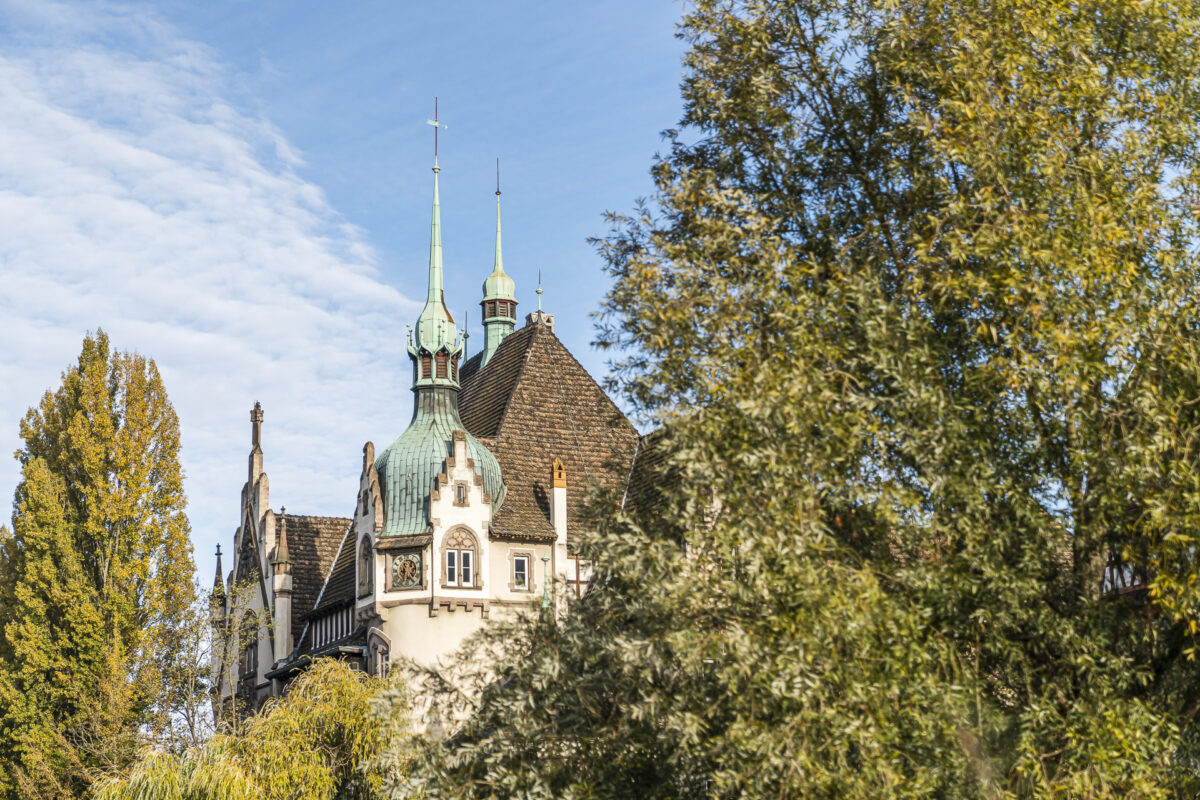

6. Admire old paintings at the Palais Rohan
In addition to the MAMCS, we have picked out another recommendable museum from the variety of museums in Strasbourg: the Museum of Beaux-Arts Palais Rohan. Here, people interested in art can expect an extensive collection, which is timeline to the MAMCS and shows works from various artistic schools and styles before 1870. It is worthwhile to take one of the audio guides provided free of charge on the tour and listen to one or two background information about the paintings on display.
If you don’t know much about baroque and renaissance painting, then we just give you the tip to at least take a quick look at the courtyard of the Palais Rohan, which is accessible free of charge. The Bishop’s Palace, designed on the model of large Parisian townhouses, is considered an outstanding contemporary witness of the 18th century with its noble classical façade.
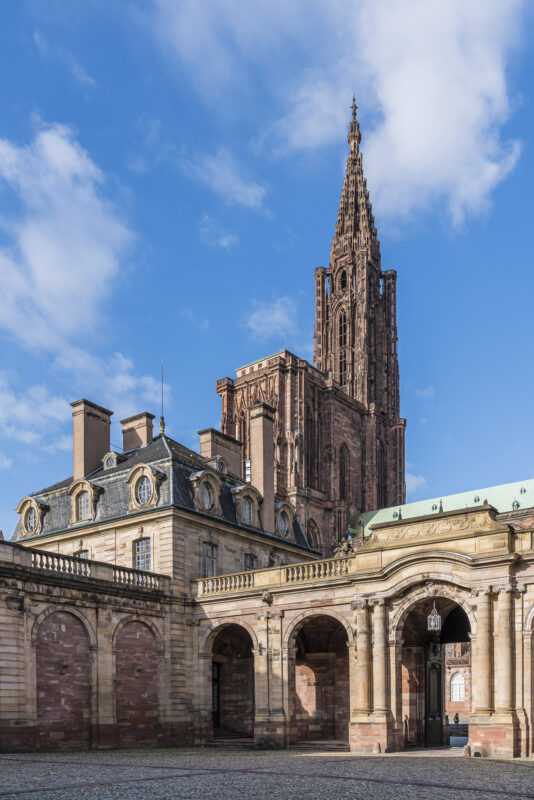

Opening hours: Monday, Wednesday and Friday to Sunday 10:00 a.m. – 1:00 p.m. and 2:00 p.m. – 6:00 p.m. | Cost: 7.50 Euro (adults) | Note: if you want to visit more than two of Strasbourg’s municipal museums in one day, it is worth buying a day pass for 16 euros
7. Enjoy lunch in the historic parlours of the Michelin-starred restaurant 1741
Directly opposite the Palais Rohan, the Restaurant 1741 extends over four floors of a narrow, slightly crooked half-timbered building on the Quai des Bateliers. On Saturday lunchtime, there are three menus with 5, 7 or 9 courses to choose from (price range 112 to 155 euros without drinks). During the week (Wednesday to Friday) there is also a 3-course menu for 52 euros. The quaint, small parlours, each with around three tables, are cosy and the classically held, served courses were all fine. We lacked a bit of the “kick” or the wow moments. In terms of value for money as well as location but definitely worth a stopover. By the way, right next to the restaurant is the pretty Rue Sainte-Madeleine – one of the most picturesque streets in Strasbourg.
ps. bin curious to see what you think of the choice of tiles in the toilet of Restaurant 1741 ;)
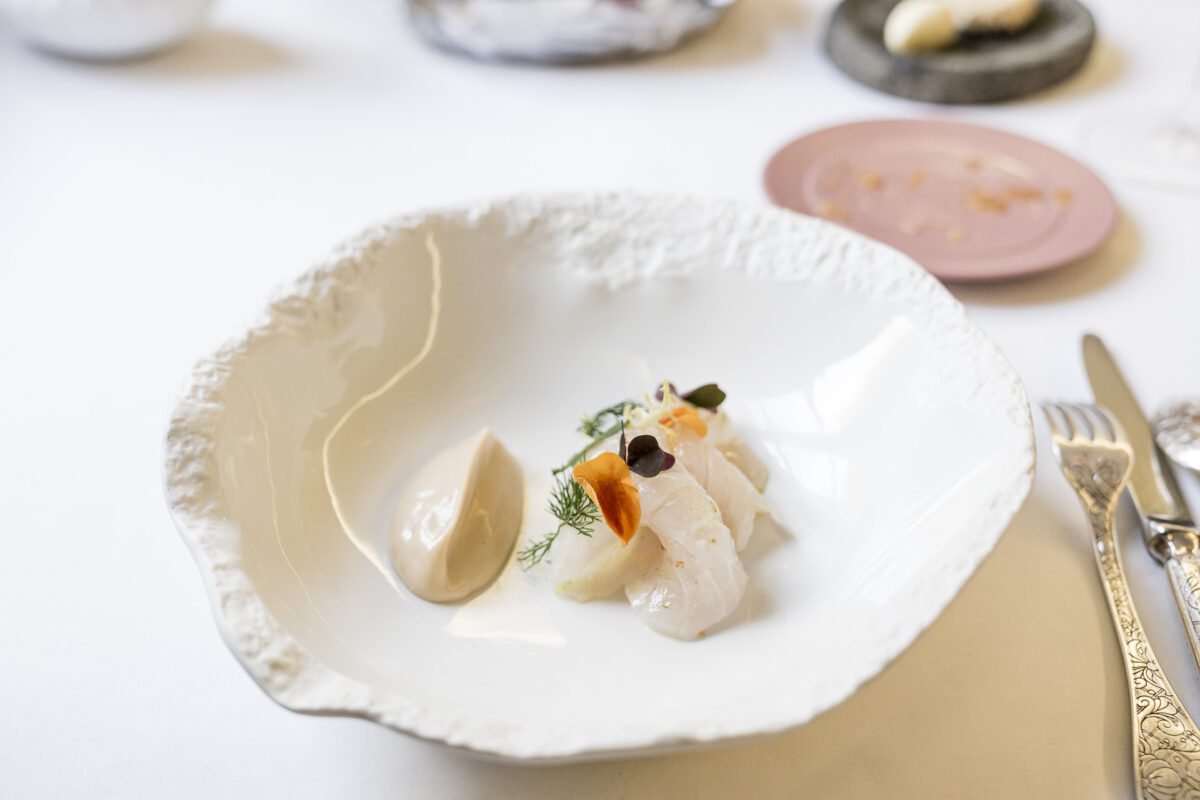


8. Learn more about the “Grande-Île” and “La Neustadt” on a Batorama tour
After such a sumptuous lunch, it’s the ideal time to take a leisurely boat ride through the city. Once again, we don’t miss out on the Strasbourg sightseeing classic par excellence: the 70-minute Batorama tour; a city tour on the Ill.
We bought the tickets for the desired time slot online at very short notice during lunch. Practical and uncomplicated. The pier is located between the Palais Rohan and the Museum of the History of the City, next to the Pont du Corbeau. From there, the Batorama tour leads via “Petite France”, covered bridges and Vauban weir, including a detour to the “European Quarter” once around the Grande-Île. Through headphones, you can listen to the background information about the sights individually in 12 languages.
What’s more, thanks to the glass roof, the tours can be carried out regardless of the weather and allow you to discover the sights of Strasbourg “dry feet” in rainy weather.



For my taste, the explanations could be a little more detailed and mixed with one or the other arc of suspense – but for all those who are visiting Strasbourg for the first time, the Batorama tour definitely offers a good overview of the different districts including historical classification.
Cost: 14:50 (adults)| For more information and to buy tickets online, please visit batorama.com
9. End the day in a wine bar
The traditional “wine bars” are one of Strasbourg’s culinary institutions. Red and white checkered tableware, dark wood panelling and hearty Alsatian specialities – this is how the classic wine bar presents itself. But there are also modern interpretations of it. For example, in the “marcus“, which is close to the train station. The menu includes not only a wide selection of local wines (and beers), but also delicious dishes to share. Perfect for those who want to end a day of sightseeing in a relaxed atmosphere.

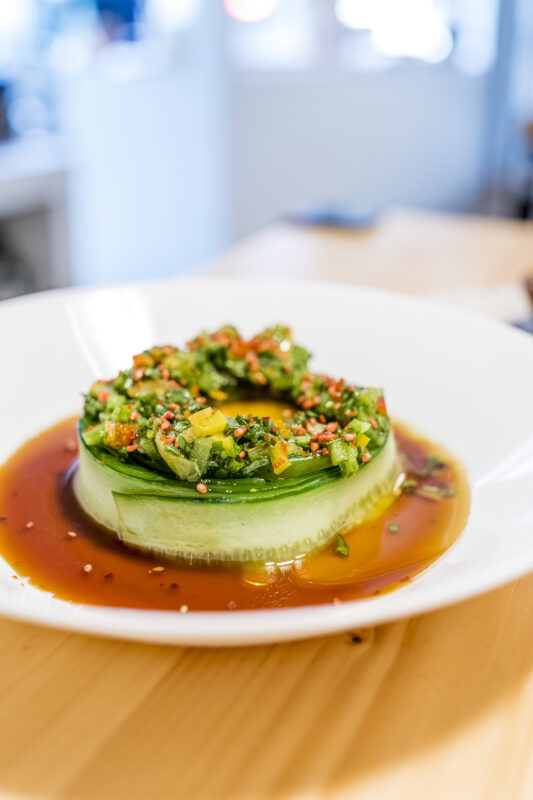

More inspiration for your short trip to Strasbourg
Below are a handful of other tips for visiting Strasbourg in a compact form:
- This time we stayed at the Hotel Léonor (partner link), which opened at the end of 2021. This is within walking distance of the sights mentioned here in the article in the northern part of the old town. The hotel was built in a listed building from the 18th century and scores with functional rooms and a casual bar/restaurant on the spacious ground floor with inner courtyard. Room rates from
- In the restaurant dé:ja in Neustadt, a young, motivated team serves Nordic-inspired “menu gastronomique” in the price range between 38 and 98 euros. Individual courses convinced us 100% in terms of taste, while there is clearly room for improvement with others.
- In the “Petite France” district, there is a risk of ending up in one or the other culinary “tourist trap”. However, Café Bretelles seemed quite decent to us and we can definitely recommend it for a short coffee stop.
- Also worth seeing is the Rue des Frères with its owner-managed boutiques and specialty shops and the cozy Marché Gayout.
- Not far from the train station, the “Halle du Marché Gare” opened this autumn. Actually a casual concept and the perfect place to stock up on local specialties, but unfortunately absolutely unattractive for pedestrian and bicycle traffic. We walked there from the Sainte Hélène bus stop and were surprised by the virtually non-existent pedestrian guide.



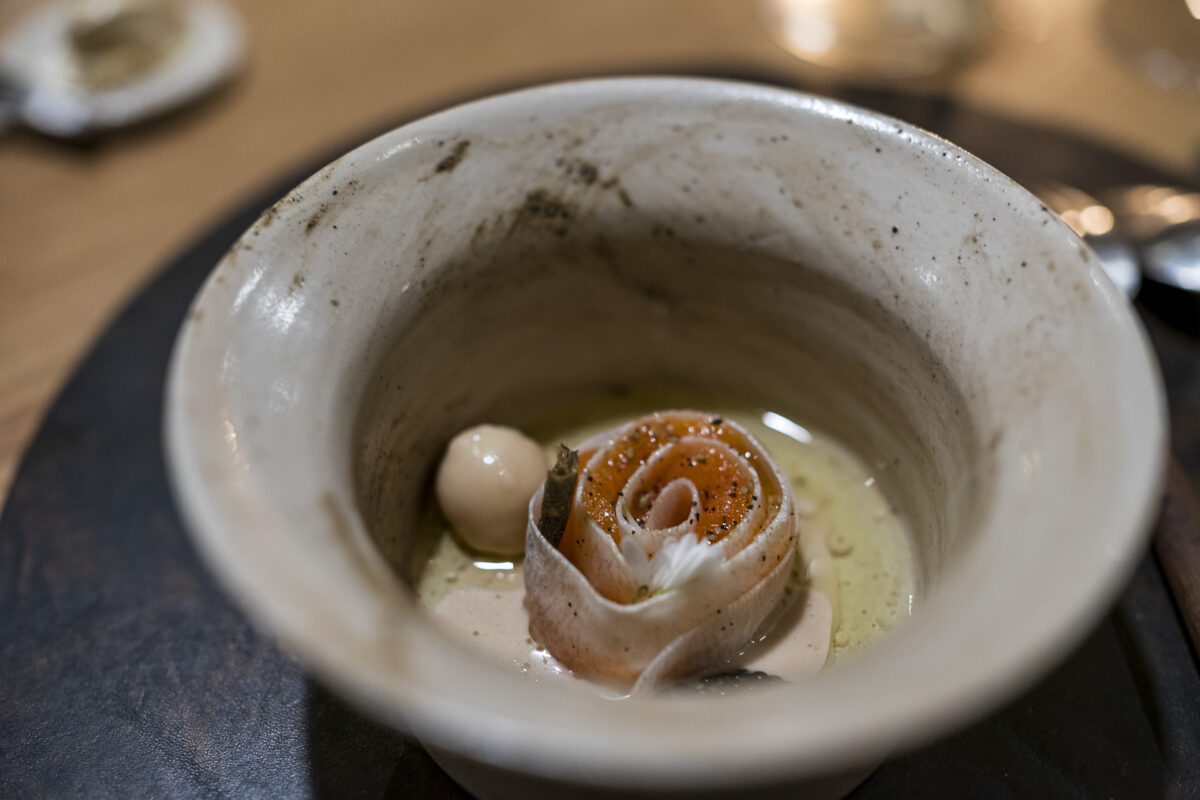

On the following map you will find the sights, restaurants and our hotel tip for Strasbourg mentioned in this article.
Note on the Christmas market in Strasbourg
The Strasbourg Christmas market is considered one of the most traditional and beautiful Christmas markets in France. From the end of November (usually from the last weekend in November) to Christmas Eve, more than 300 beautifully decorated stalls with all kinds of regional delicacies and handcrafted gift items can be found in the old town. For more information and a link to an interactive map with an overview of the locations of the Strasbourg Christmas Market, check out this FAQ from the Office du Tourisme de Strasbourg.
The most important questions about a city trip to Strasbourg
From Basel, there are direct TER (Train Express Regional) connections to Strasbourg every hour. The journey takes just over an hour.
We were in Strasbourg at the beginning of November and still enjoyed wonderful autumn weather. The advantage of a Strasbourg city break in the first half of November: it does not have as many tourists as during the Christmas market. Otherwise, Strasbourg can of course be visited all year round without any problems. Popular travel months are May, June and September, October.
The Strasbourg Cathedral with its 142 m high tower, the tanners’ quarter La Petite France and the European Quarter.
I think both cities are absolutely worth seeing. Colmar is much smaller and the highlights can easily be visited in one day. For Strasbourg, it is worth planning two to three days. Especially if you are also interested in the Neustadt and the European Quarter and want to visit one or the other art museum.


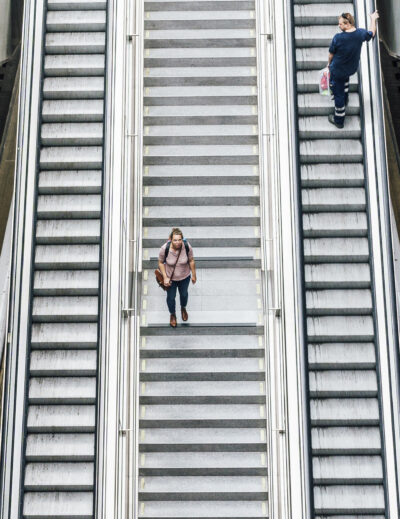
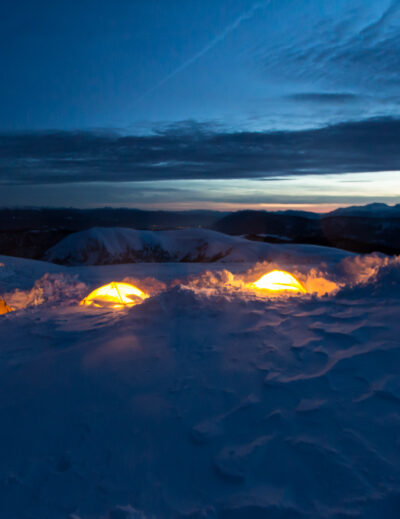

Leave a Reply